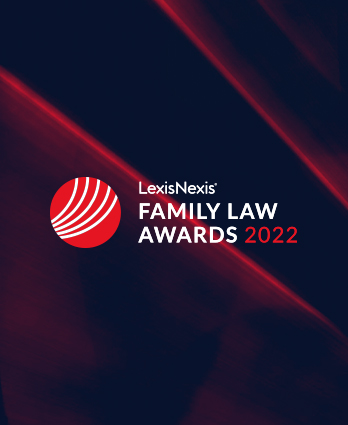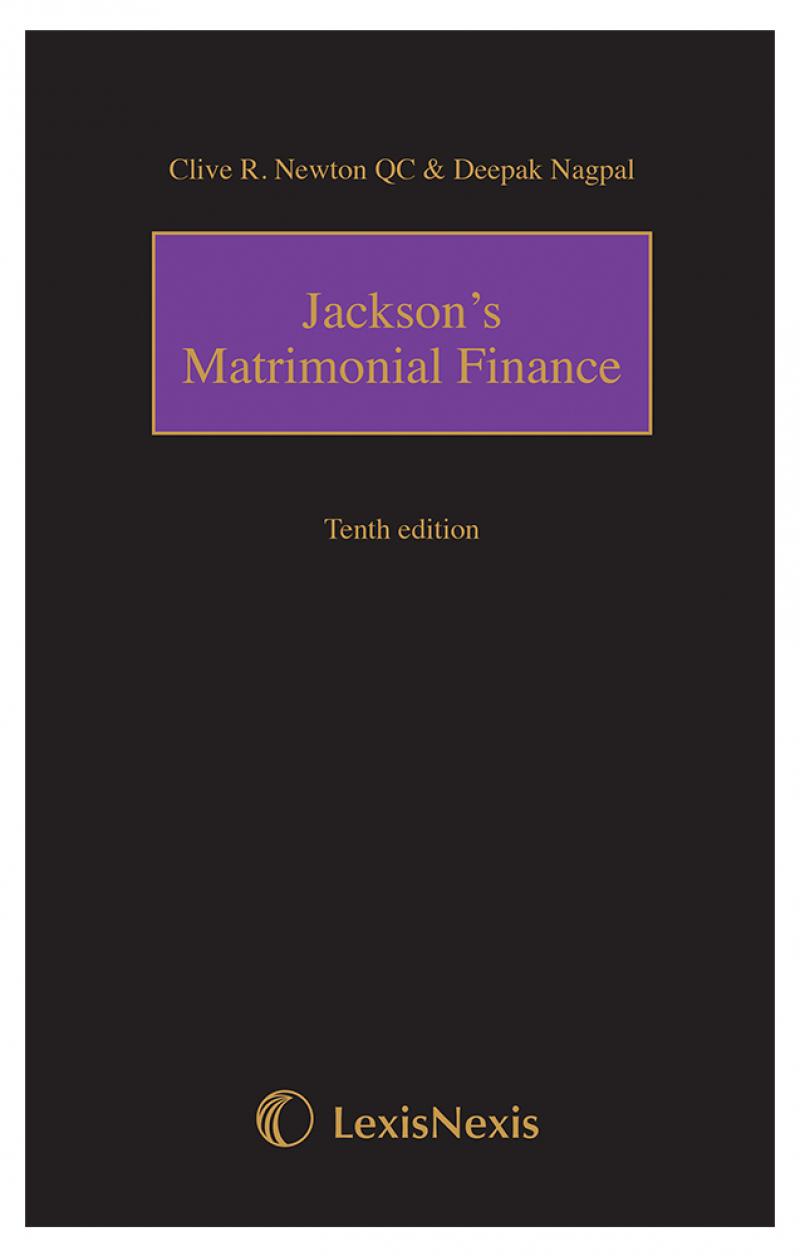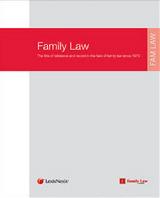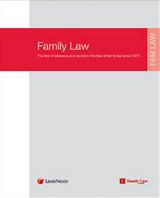Decoding settlement discussions for clients
Sep 29, 2018, 21:15 PM
Settlement, divorce, financial remedies, family law, without prejudice, open offer, separation
Title :
Decoding settlement discussions for clients
Slug :
decoding-settlement-discussions-for-clients
Meta Keywords :
Settlement, divorce, financial remedies, family law, without prejudice, open offer, separation
Canonical URL :
Trending Article :
No
Prioritise In Trending Articles :
No
Check Copyright Text :
No
Date :
Oct 12, 2016, 08:29 AM
Article ID :
114501
Throughout financial negotiations everyone is aiming for the same thing: a final settlement that comprehensively deals with all the financial arrangements to be made on the divorce. The parties might have very different ideas about what the settlement should look like and what shape it should take. At some points, it may even feel as if the other party does not want to settle, but it is useful to remember that this is where everyone will end up.
A negotiated settlement, through discussions between solicitors, mediation or the collaborative process, is the most common way in which this is achieved. But what happens when the negotiations take place through solicitors? What form does this take, and how is a final order reached?
There are two basis for negotiation: open, and without prejudice. There is an important distinction between the two, the explanation of which can often be lost on a client, particularly if negotiations are taking place in both forms simultaneously.
Open offers, made in either correspondence or in discussions between solicitors, are ones that can be disclosed to a court. They are used to put a client's case at their highest position, ie to put the client's best case to the court, or to the other side. Tactically, this can be used to put some pressure on the other party. The underlying message of open offers being that the party putting the proposal forward is so confident in their position that they are happy for it to be shown to a judge, and for a judge to therefore know what they would be prepared to settle for. If a matter is being dealt with in the court, the parties are both obliged to put forward open proposals in the run up to the final hearing.
The majority of negotiations, however, take place on a 'without prejudice' basis. This means they cannot be disclosed to the court, and that a judge will not know what a party might be prepared to settle for. At an FDR, a judge will see any without prejudice correspondence that has taken place by that point, or be told about without prejudice discussions. However, a judge at a final hearing is not provided with this information. The benefit of negotiations taking place on a without prejudice basis means that it is easier for the parties to narrow the gap between their respective positions and reach a compromise. Both parties will be safe in the knowledge that if discussions about settlement break down, or do not result in an overall settlement, that the judge will not know what possible options for compromise have been discussed, in the event of a final hearing.
If you have reached the stage at which substantive negotiations about a settlement can take place, it will often be the case that open offers and without prejudice offers are being made simultaneously. The open offer gives an indication of what a party will seek if they proceed to court, but at the same time the without prejudice offer shows what areas the same party might be prepared to concede in order to reach settlement. This can be a useful strategy to kick start discussions about settlement.
Once those discussions have produced a settlement, attention must now be turned to how that is made final and binding on both parties. This might take different forms and, again, a client can become a little lost in the legal intricacies.
If a settlement has been reached in without prejudice correspondence, the first sensible step is for one of the solicitors to send an open letter recording the agreement. This way, if there is a disagreement about the settlement reached later, the letter can be shown to a judge if necessary.
The next step is to record the agreement in a consent order. This is an order that can be submitted to the court for judicial approval and will become a sealed order of the court, which can be enforced by either party and provides the security of finality for both parties. Orders are made and claims dismissed.
The consent order will usually have two distinct sections. The first section is the preamble, used to give context to the agreement and record any aspects of the agreement that do not fall within the categories of financial remedy orders the court can make under the Matrimonial Causes Act 1973. This will include agreements reached and any undertakings (formal promises to the court) that either party might be giving. The second section will contain the orders that the court is being asked to make. For example, orders for lump sums to be paid from one party to the other, orders for maintenance to be paid, for property to be sold or transferred, or for pensions to be shared or otherwise divided.
Once the terms of the consent order have been negotiated between solicitors it will be signed by both parties and their solicitors, and submitted to the court for scrutiny by a judge. A judge will not rubber stamp the agreement, but will be reluctant to interfere with the parties' autonomy assuming that what has been agreed falls within the ambit of a sensible resolution to the case. Both parties will need to complete a form summarising basic financial information, which also provides basic information about the case, including the parties' ages, length of marriage, ages of any children, details of proposed future living arrangements, as well as the more technical information about the case. For example, whether or not a mortgage company has been provided with a copy of the financial remedy application to the court.
After this, it is a question of waiting to hear from the court with the sealed order, which when received will bring the financial negotiations to an end and the final result that everyone has been working towards throughout.

Provider :
Product Bucket :












 18 FEB 2025
18 FEB 2025

 18 FEB 2025
18 FEB 2025

 18 FEB 2025
18 FEB 2025

 18 FEB 2025
18 FEB 2025

 11 FEB 2025
11 FEB 2025













Leave a commentOrder by
Newest on top Oldest on top